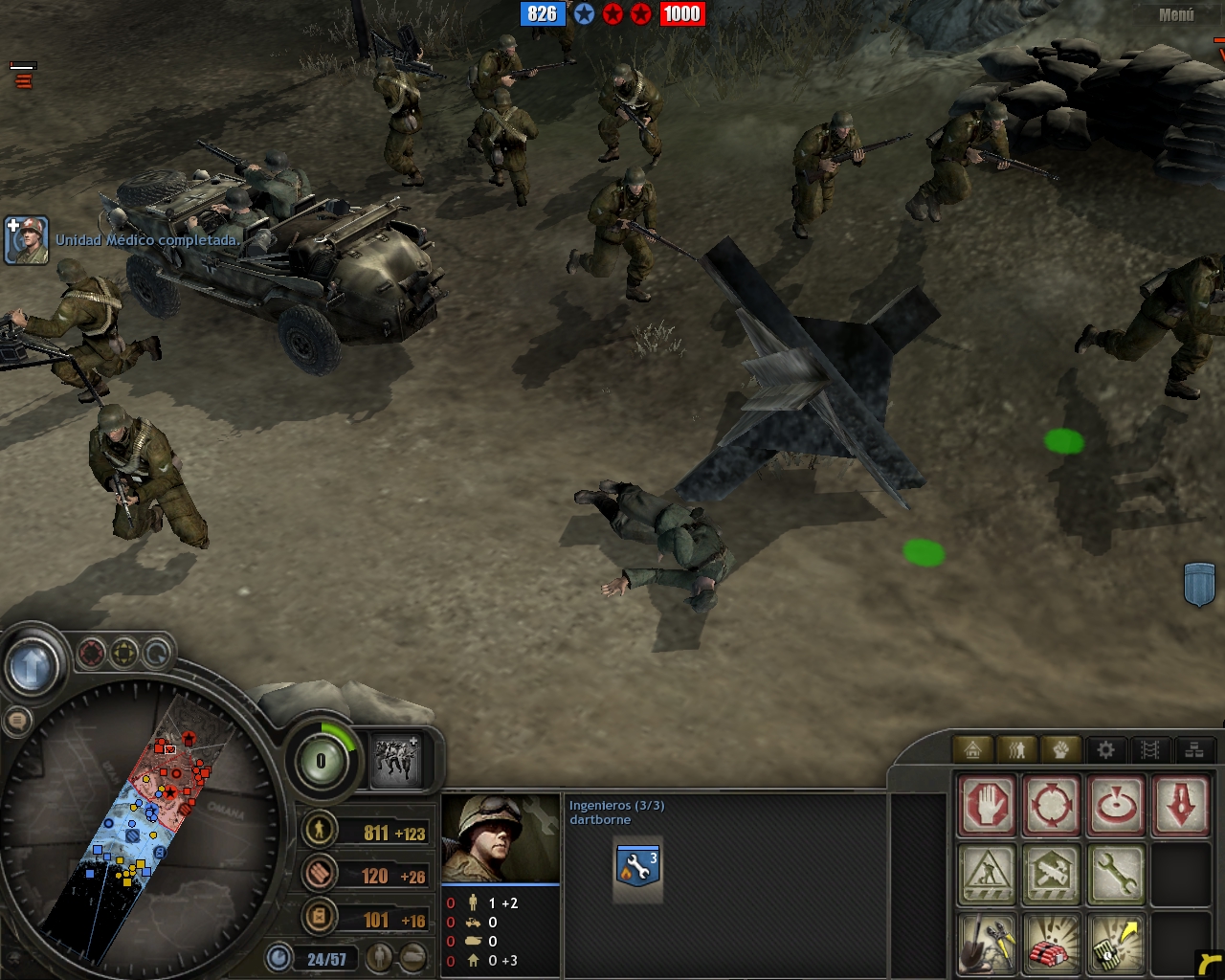
Battle casualties are taken in strength point losses, and any loss requires the defender to retreat one hex. Battles are resolved using a strength ‘differential’ Combat Results Table (CRT) attacks at differentials of less than zero (0) are not allowed and combat results affect the defender only. Zones of control (ZOCs) are rigid but not sticky, and combat is voluntary. In addition, German paratroops may also conduct short-range (adjacent) airborne assaults. Units may move in one of four ways: regular ground movement rail movement (3 times regular movement) sea transport and, during certain seasons, amphibious movement.
European war 2 game full#
The actual mechanics of play of WORLD WAR II are comparatively simple: players move during the initial movement phase (the Axis player is always the first player) they then conduct attacks during the combat phase and once all battles have been resolved, mechanized units (only) that did not move prior to combat may move their full movement range during the mechanized movement phase. Because WORLD WAR II is a strategic-level simulation, the game’s combat operations mainly represent a struggle between the productivity of the wartime economies (represented by Reinforcement and Replacement Points) of the Allies and European Axis Powers. Stacking is limited to two combat units per hex. The rules governing ground forces are more conventional. Airpower is also highly abstracted and is represented in the game through the use of ‘air zones of control’. Naval operations, given that this is a simulation of land warfare, are conducted using arbitrary allowances of amphibious and sea transport points actual naval units are not included in the counter-mix. Interestingly, Italian and minor country armies may never be built up to more than two factors at any point in the game. German units may be built up to four combat factors the various Allied armies, however, may only be built up to a maximum of three factors until 4/42, and four factors beginning on the 1/43 game turn. The combat units are multi-step (1 to 4 factor) representations of the various national armies that actually took part in World War II. A single game turn is equal to three months of real time. WORLD WAR II is played in rigidly sequenced game turns. As might be expected, WORLD WAR II is intended primarily as a two-player game, with one player controlling the Axis and the other commanding the Allies however, Optional multi-player rules allow the game to be expanded to include as many as six ‘national’ participants.

Each hex on the game map is equal to 120 miles from side to side, and all of the actual and potential European Theater belligerents - some twenty nations in all - are included in the counter-mix. The game map covers Europe, the Balkans, Turkey, Western Russia, North Africa, and the Middle East. WORLD WAR II: European Theater of Operations, 1939-45 is a strategic (army-level) simulation of Second World War ground operations in Europe and North Africa. Tragically, the Greatest War in human history, seemingly almost by accident, had begun without any of its participants fully understanding its future geographical reach, its ultimate magnitude, or its unbelievable human and material cost. Poland was the first European nation to succumb through invasion to Hitler’s dream of a modern German Empire, but it would not be the last.įor the second time in a generation, Europe’s Great Powers had gone to war. Seventeen days after the initial German onslaught, Soviet troops crossed a nearly-prostrate Poland’s eastern border to help the Germans complete the Polish nation’s final dismemberment.

England and France, although incapable of providing the Poles with any immediate direct assistance, quickly demonstrated their support for Poland by declaring war on Hitler’s Germany on 3 September. Without bothering with the inconvenient formality of a declaration of war, Hitler had ordered the invasion and subjugation of his smaller neighbor. Almost simultaneously, 44 German infantry divisions and 14 armored divisions surged across the frontier catching Poland’s thirty-odd infantry and cavalry divisions almost completely by surprise. (SPI) in 1973.Īt 04:40am on September 1, 1939, waves of Luftwaffe aircraft struck airfields all across Poland. Simonsen) and published by Simulations Publications, Inc. Dunnigan (with graphics design by Redmond A. WORLD WAR II: European Theater of Operations, 1939-45 is a strategic-level simulation - very loosely based on the KURSK Game System - of ground combat in the European Theater during the Second World War.


 0 kommentar(er)
0 kommentar(er)
